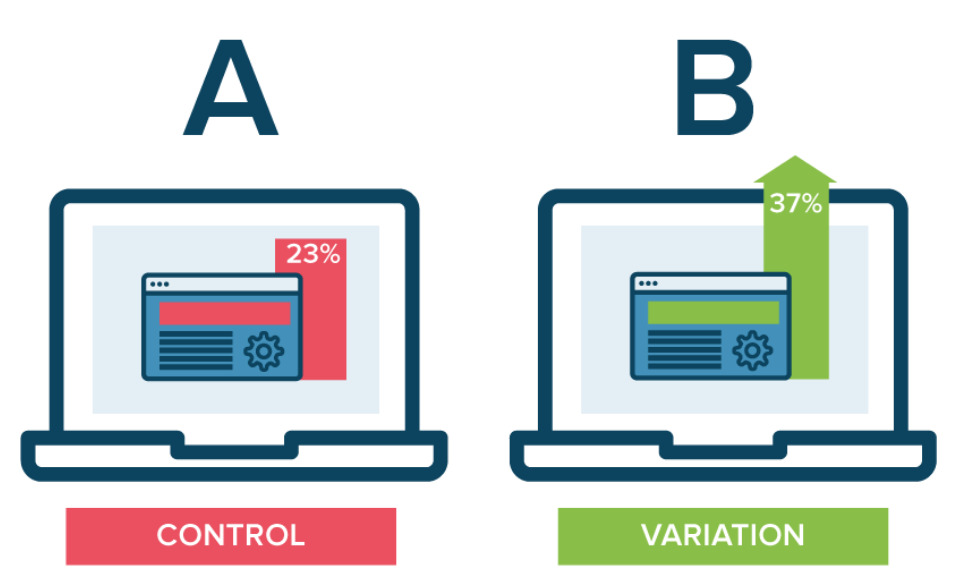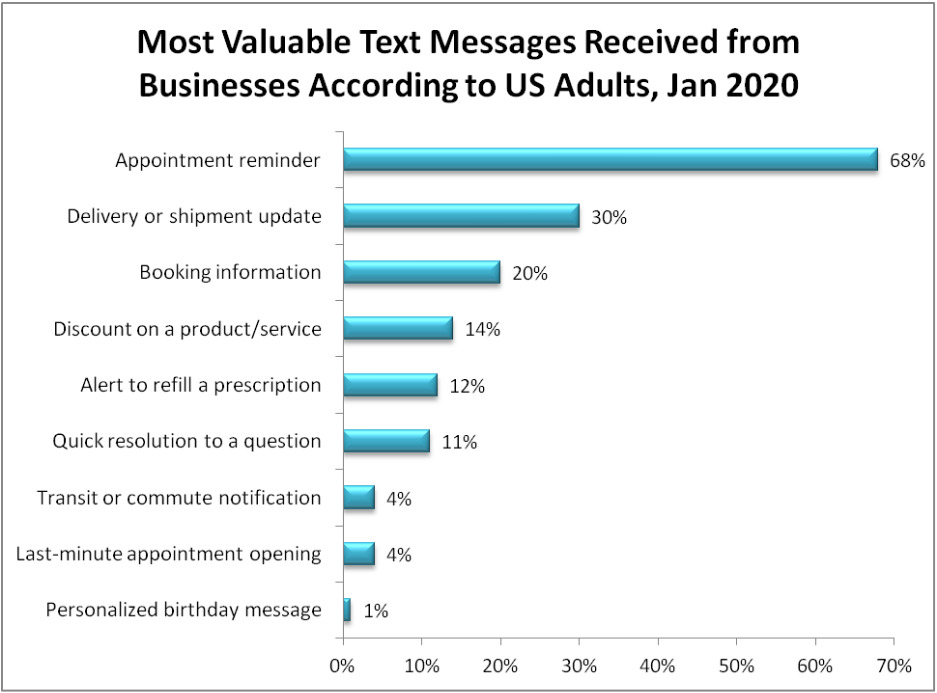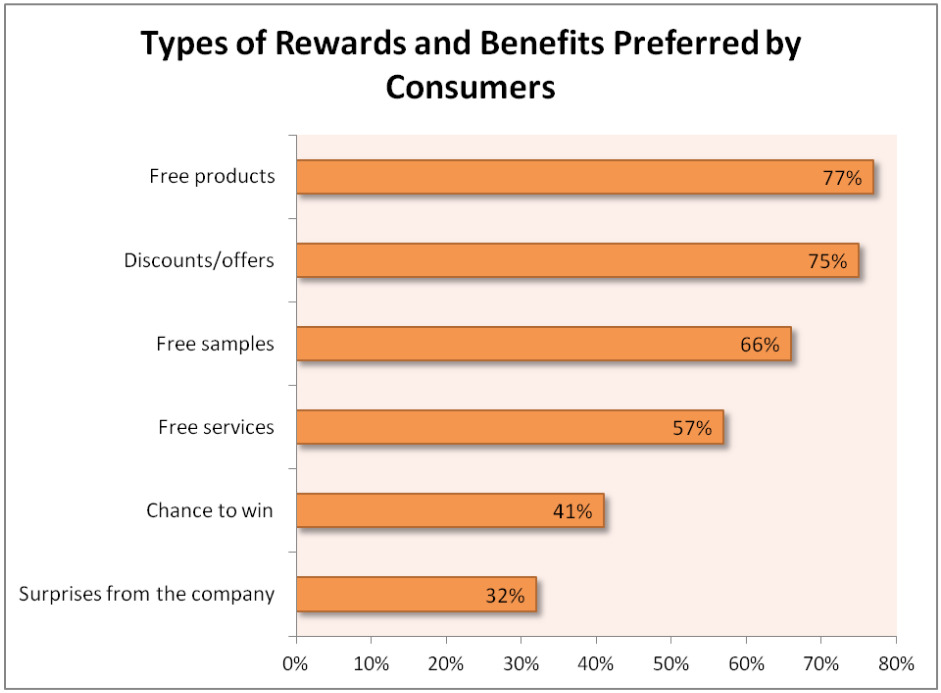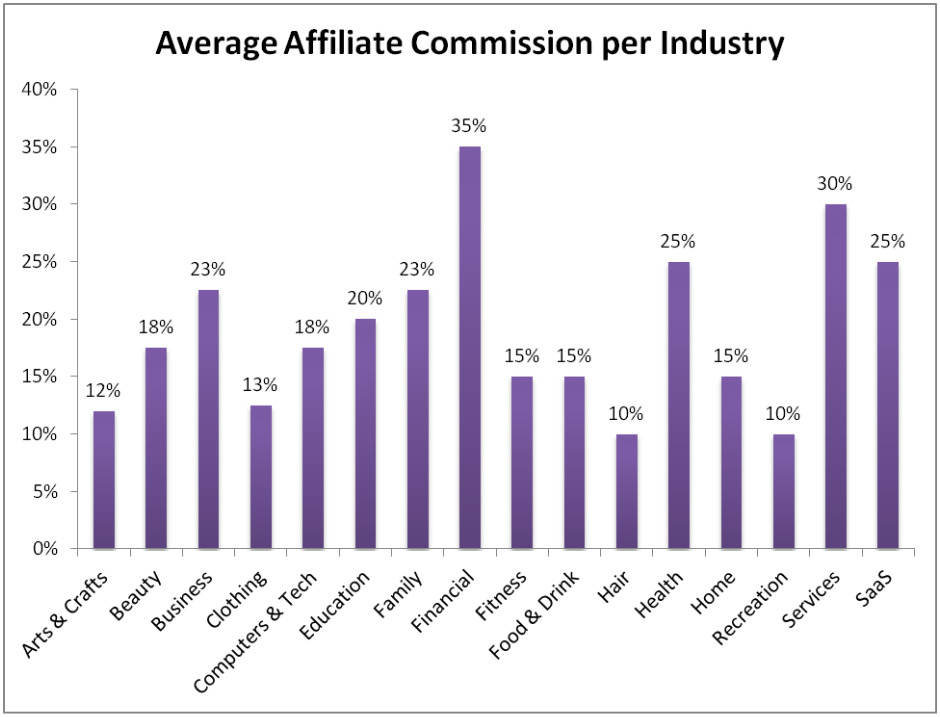By Jessica Day
Sometimes, it feels like you’re stuck in a marketing rut. Your marketing campaigns aren’t getting the engagement they used to, and they’ve become a bit stale. If that happens, it may be time to try something new.
It can be scary to leave your traditional marketing strategies behind. But unless you innovate, your company could get left behind. How can you stand out from the competition? In this article, we’ll look at five strategies that could help you break free from your marketing comfort zone:
- Scientific marketing
- SMS marketing
- Reciprocity marketing
- Affiliate marketing
- Omnichannel marketing
1. Scientific marketing
Companies are realizing the importance of establishing a data-driven culture. But that culture rarely extends to marketing. Scientific marketing aims to change this by using the scientific method to inform marketing decisions.
The scientific method
The scientific method comprises the following steps:
- Ask a question
- Construct a hypothesis
- Test your hypothesis
- Analyze your results
- Communicate your results
Scientific marketing produces repeatable, predictable, and consistent results. It uses metrics like website traffic to gain insights, which can then improve your marketing strategy.
How to take a scientific approach to marketing
How can you apply the scientific method to marketing? Let’s look at some examples.
1. Ask a question
What do you want the data to tell you? For instance, if you sell domain names, you could ask whether customers prefer .com or ai domains. But ask questions that relate to your business goals.
2. Construct a hypothesis
A hypothesis is a testable idea that you can either prove or disprove. An if/then statement is a good example. For instance: “If I use customers’ names in emails, then the open rate will increase.”
3. Test your hypothesis
You can test your hypothesis with a/b testing. As an example, let’s say you run a call center and want to know if more customers would agree to a phone survey if it lasted 10 minutes instead of 15 minutes. You could give half your callers the 10-minute survey and half the 15-minute survey. Then, over the next month, record how many customers agree to each survey.

4. Analyze your results
Once the test is over, you need to analyze your results. Do they support your hypothesis? It’s okay if they don’t–you can use the information to come up with a new hypothesis.
5. Communicate your results
The final stage is to communicate your results. For instance, if you tested different call center improvement strategies, you could convert the data into graphs or write a report. What you do depends on who your audience is, so bear them in mind as you prepare your data.
2. SMS marketing
Since the 1990s, people have been using cellphones to send messages using SMS (Short Message Service). So it’s no surprise marketers are turning to SMS to communicate with customers.
What is SMS marketing?
SMS marketing is, quite simply, marketing messages delivered via text. You can send messages like:
- Personalized offers and discounts
- Surveys
- Order confirmations
- Appointment reminders
- Delivery updates
47% of businesses also use SMS for customer service. After all, what could be simpler than troubleshooting VoIP issues via text?
Compared to emails, texts have a great open rate: 81% of customers in the US opened an SMS from a business in 2019. So if you’re looking to shake up your marketing strategy, SMS marketing is a good option.
SMS marketing dos and don’ts
If you’re thinking about SMS marketing, you need to know some dos and don’ts to keep customers happy.
Do…
- Include an opt-out option. You’ll quickly lose customers if you text them when they no longer want you to. Always include an opt-out option within the text. Something like: “To stop hearing from us, text STOP”.
- Identify yourself. Include your company name at the start of every text so customers know who’s texting them.
- Provide value to customers. 68% of US adults find appointment reminders valuable, while just 14% value discounts. So focus on transactional messages that give real value to customers.

Don’t…
- Send unless people opt-in. Ask customers to opt-in via your website, and then confirm their opt-in with your first text.
- Use abbreviations or slang. Don’t use slang or abbreviations to fit within the 160 character limit. Customers may not know what you mean, and it makes you look unprofessional.
- Bombard people with texts. 30% of customers said they unsubscribed because the company sent too many texts. It’s best to only send around two to five texts per month.
3. Reciprocity marketing
The principle of reciprocity is that people are more likely to give if you give them something first. Marketers can use this principle to foster customer loyalty.
What is reciprocity marketing?
An example of reciprocity marketing is a company offering a discount or freebie. The idea is that the customer feels obliged to buy something in return. But it’s important to be authentic.
For instance, if you want people to invest in your new crypto projects, don’t offer free tokens to entice them to sign up. Offer free tokens once they’ve already invested with you to reward them for their loyalty. This is the best way to build meaningful customer relationships.
Reciprocity marketing ideas
Some reciprocity marketing ideas are:
- Offers, discounts, or vouchers. 75% of customers like discounts and offers. Giving personalized offers is a great way to reward customers for shopping with you.
- Free products or gifts. 77% of consumers say they like free products as a reward for their loyalty. So why not surprise customers with a free gift just for being a customer?
- Loyalty programs. Starting a loyalty program like a reward card scheme is another popular option. And letting customers choose their rewards is a great way to show how much you value them.

4. Affiliate marketing
By 2022, affiliate marketing is expected to be worth $8.2 billion in the USA alone. Why? It’s a type of performance marketing, so it’s as close to win-win as you can get.
What is affiliate marketing?
The performance marketing definition is a marketing strategy where campaign performance determines payment. In affiliate marketing, companies pay affiliates a commission for bringing in customers. You can pay affiliates per click, lead, impression, or sale, but importantly you only pay for results.
Affiliates can be existing customers or publishers who promote you on their website, blog, or social media channels. There’s no limit to how many affiliates you can partner with, so you can reach a range of audiences.
How to create an affiliate marketing program
Creating a successful affiliate program involves the following steps:
1. Market research
Let’s say you want to promote your Digital Marketing Course in Delhi. You’ll need to build a profile of your audience, such as their age, gender, and which social media sites they use. You can use this profile to find affiliates who’ll appeal to them.
2. Define your goals and KPIs
Next, you need to work out what you want to achieve (goals) and how you’ll measure success (KPIs). Having clear goals and KPIs will ensure you only choose affiliates who can help you reach them.
3. Find affiliates
Now you know the kind of affiliates you’re looking for. But how do you find them? There are several ways. For instance:
- Reaching out to existing customers.
- Reaching out to influencers.
- Joining an affiliate network.
4. Equip affiliates
You need to equip affiliates with branding, links, product descriptions, and anything else they need to promote you. You can set up a dedicated affiliate page on your website where they can access the resources they need.
5. Decide on a commission strategy
The commission you choose depends on your budget, but most businesses pay at least 10%. Paying per lead or sale is best as it means you only pay for tangible leads.

5. Omnichannel marketing
Omnichannel marketing requires a high level of integration to give customers a unified experience–a bit like dialing out. And integration is what customers want: 91% think an omnichannel experience is important.
What is omnichannel marketing?
Omnichannel means ‘all channels’. It’s the integration of all your channels and touchpoints–your website, social media, email, and even brick-and-mortar stores. The idea is to create a seamless and consistent customer experience. Why go to the trouble of integrating everything? Well, because omnichannel campaigns have a 287% higher purchase rate than single-channel campaigns.
What do you need to make omnichannel marketing a success? Let’s take a look.
Omnichannel marketing essentials
To create a consistent customer experience, you need to:
- Collect and analyze data. You need data about your target audience to see what kind of messaging they’re likely to engage with. Analytics platforms like Google Analytics collect and analyze the data for you.
- Map your customer journey. Create a customer journey map to identify any pain points that need addressing. It will also help you work out how to encourage customers into your marketing funnel.
- Create brand guidelines. Clear guidelines help you develop a brand identity that customers recognize. They’re also vital to achieving consistency across your channels.
- Conduct regular testing and optimization. You need to test your strategy so you can optimize your campaigns, from spending to how customers use your website. This ensures customers have a positive experience–and that will maximize your ROI.
Break free from your comfort zone
If your marketing strategy feels a bit stale, it’s time to try something new. It can be scary to leave what you know behind. But if you do, you can move from what’s comfortable to what brings success. So try the strategies we’ve outlined in this article, and break free from your comfort zone today!
About the Author

Jessica Day is the Senior Director for Marketing Strategy at Dialpad, a modern business communications platform with a simultaneous ring feature that takes every kind of conversation to the next level—turning conversations into opportunities. Jessica is an expert in collaborating with multifunctional teams to execute and optimize marketing efforts, for both company and client campaigns.



































